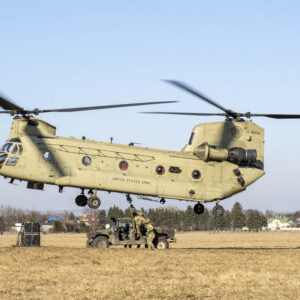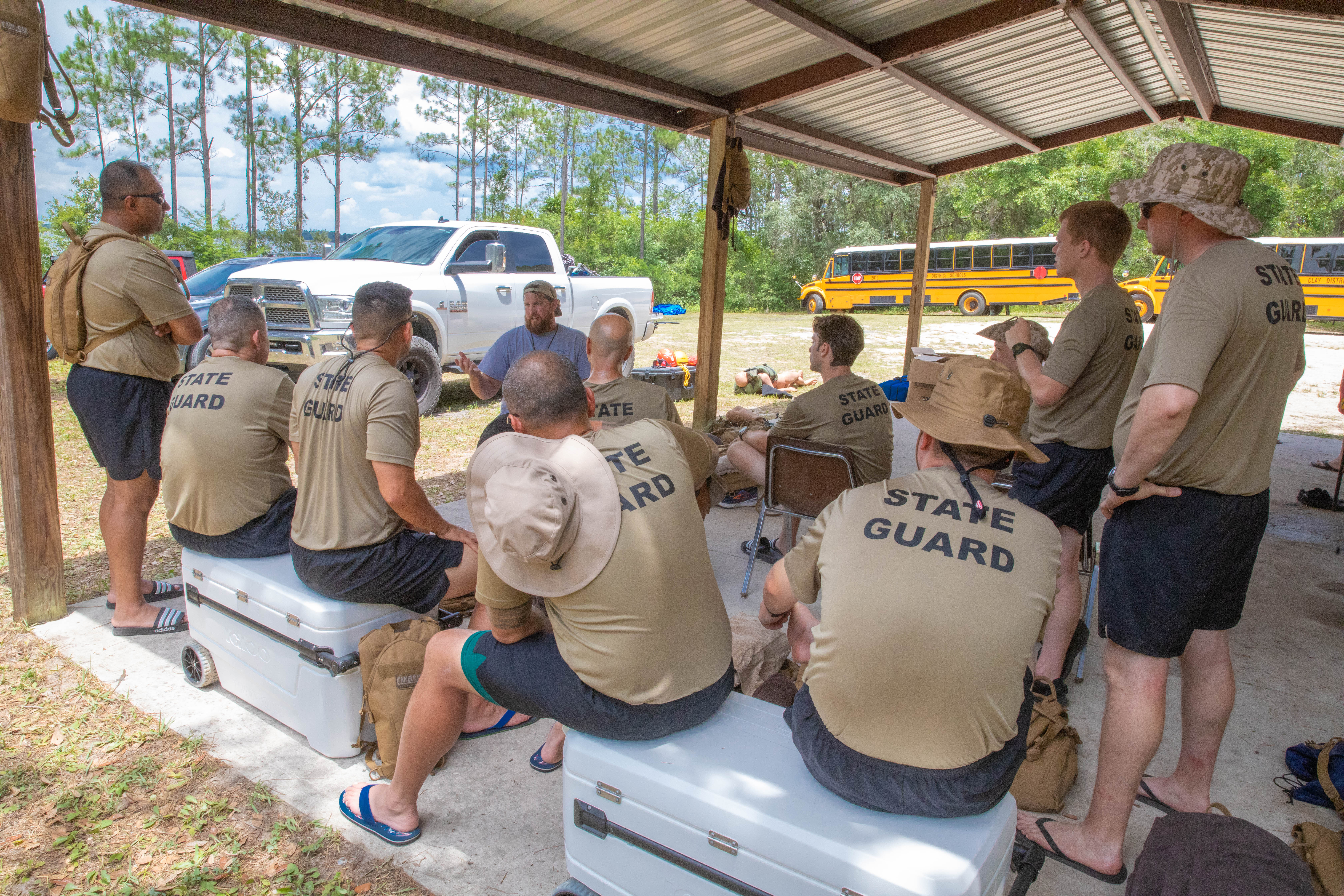NATO steps up its investment in defense initiative
Air Force Gen. Tod. D. Wolters, in an address to the Senate Armed Services Committee on Tuesday, said that Russia’s unprovoked attack on Ukraine and its people has created new levels of strength and synergy between NATO and its allies.

According to an independent RAND study, Russia’s “hostile measures” in Ukraine have the potential to deeply impact the majority of Europe. The study cites Baltic states such as Estonia, Latvia, and Lithuania as the European nations most vulnerable to Russian influence.
The study also suggests that “motivations for Russian activities in the region include undermining and addressing the potential threat from the EU and NATO.” The study also stated that “Responding to Russian hostile measures places a new premium on political awareness, as well as on crisis management.”
Gen. Wolters, commander of US European Command and NATO supreme commander in Europe, said “We are witnessing a generational moment, a historic demonstration of unity in will and an unprecedented effort by allies to strengthen defense while simultaneously helping those in need.”
Following Russia’s invasion into Ukraine, NATO called upon its members to “spend two percent of their GDP on defense”. Initially, this ask was met with skepticism for fear that the US, the UK, Greece, and Estonia would be the only NATO members who could meet these numbers.
Recently however, according to a news release from the Department of Defense, “Germany has committed to meeting the alliance’s 2% benchmark”. Gen. Wolters spoke to this point and added that “we expect other allies will follow and redouble efforts to adequately invest in defense to generate peace — from Turkey in the southeast, to Norway, Sweden and Finland.”
Gen. Wolters pointed out that this increase in spending is not just a stand alone initiative. In fact, it follows “years of focused investment through the European Reassurance Initiative and European Deterrence Initiative”. These initiatives provide facilities, equipment, deployment capabilities, and joint training opportunities for NATO and its allies.
It was these initiatives, in fact, that allowed the US Army to send an armored brigade combat team to Germany from the US in only a week while Russia initiated its invasion into Ukraine. To that point, Gen. Wolters said, “That level of speed and agility is unmatched.”






